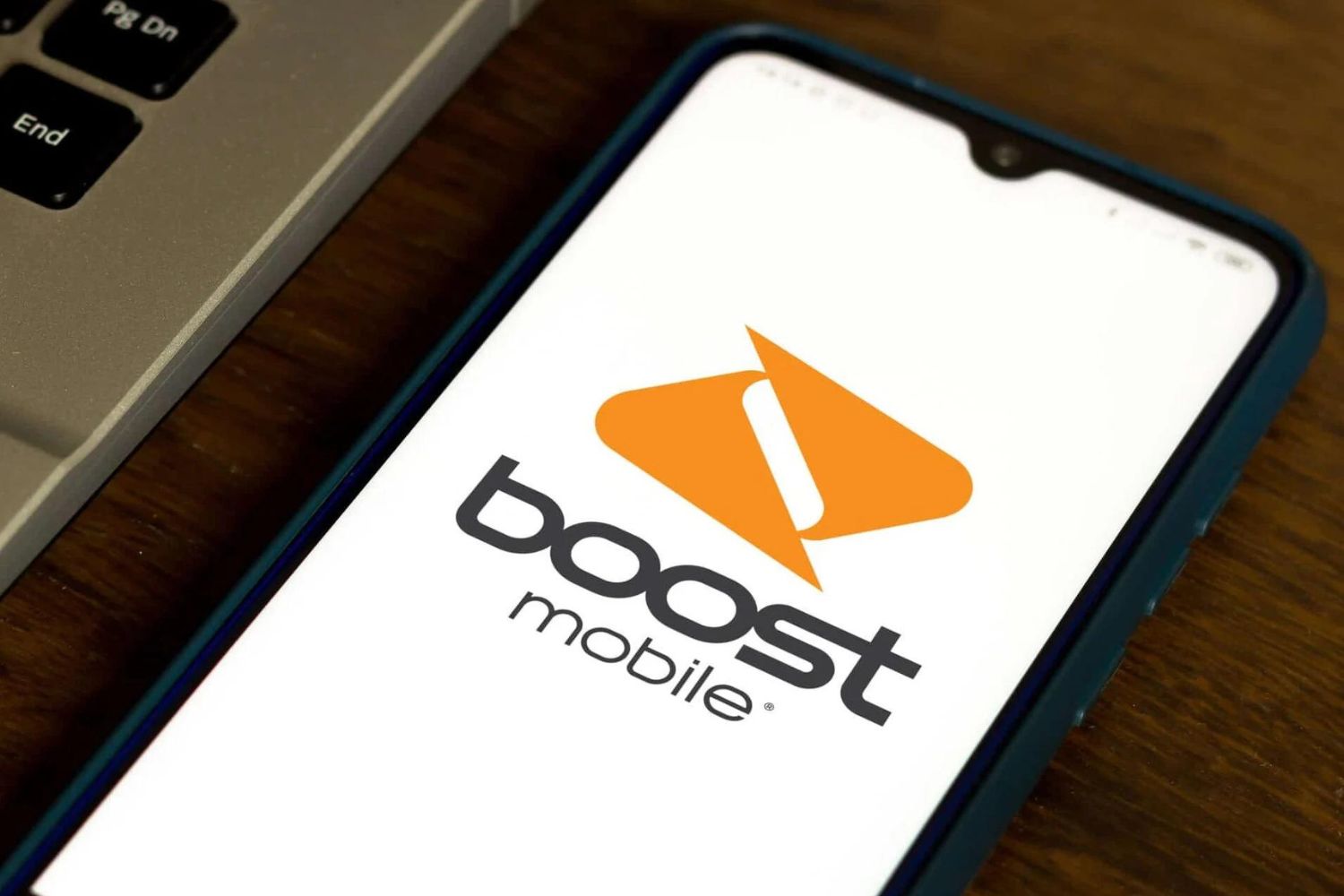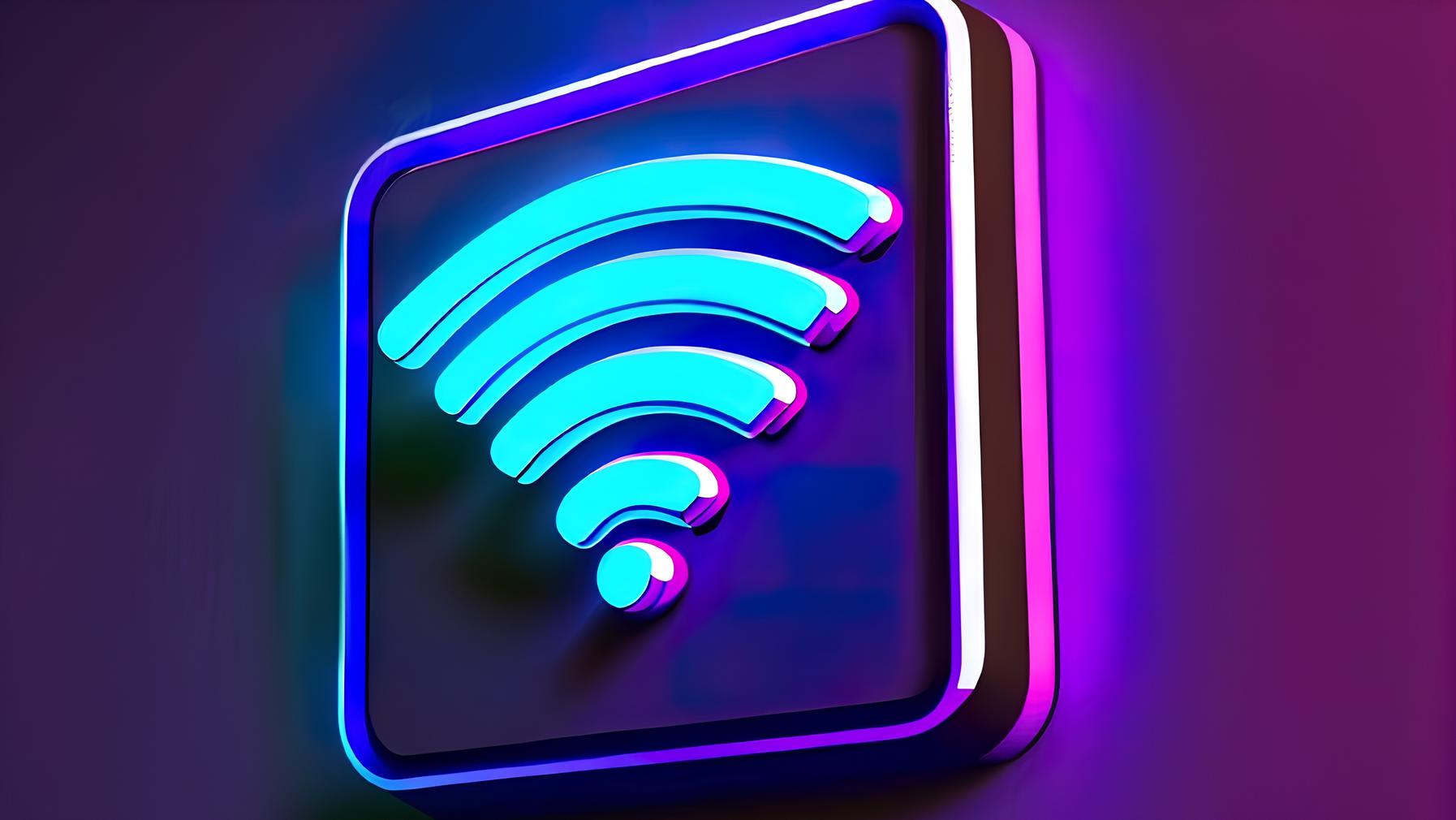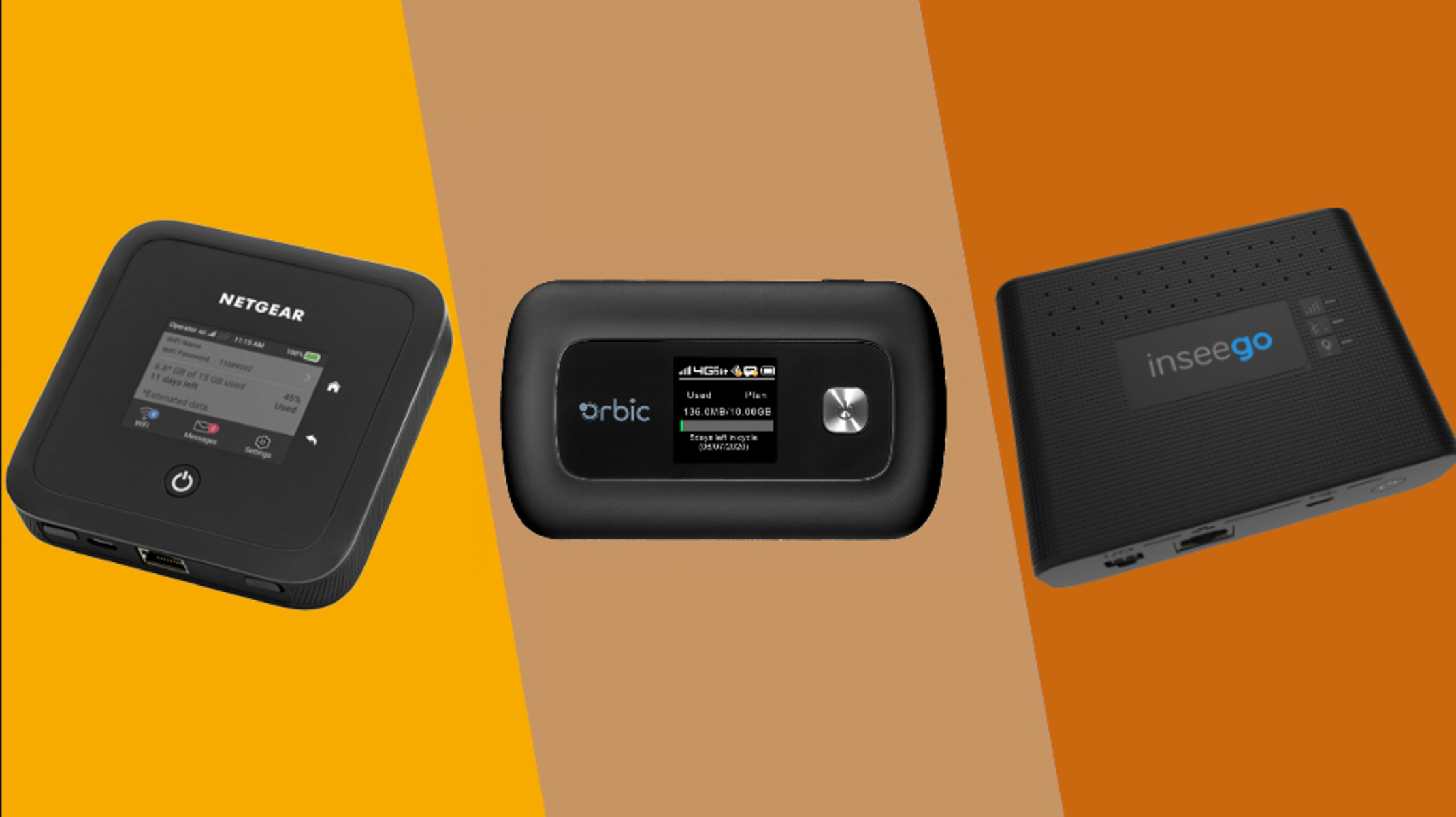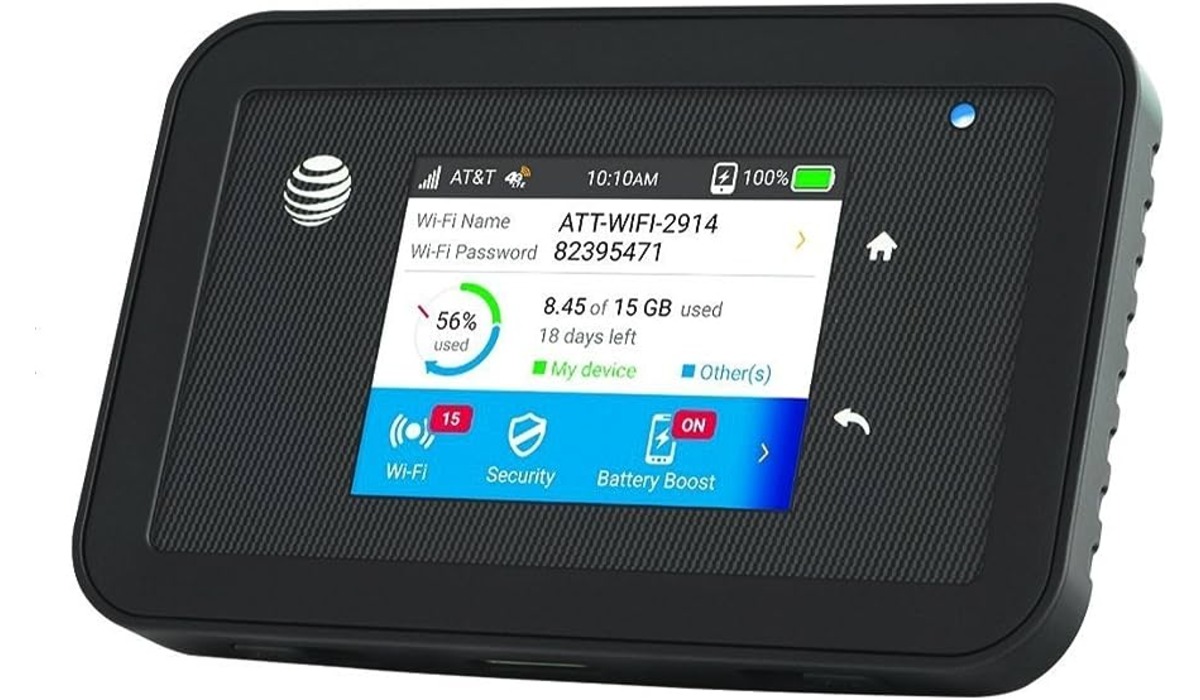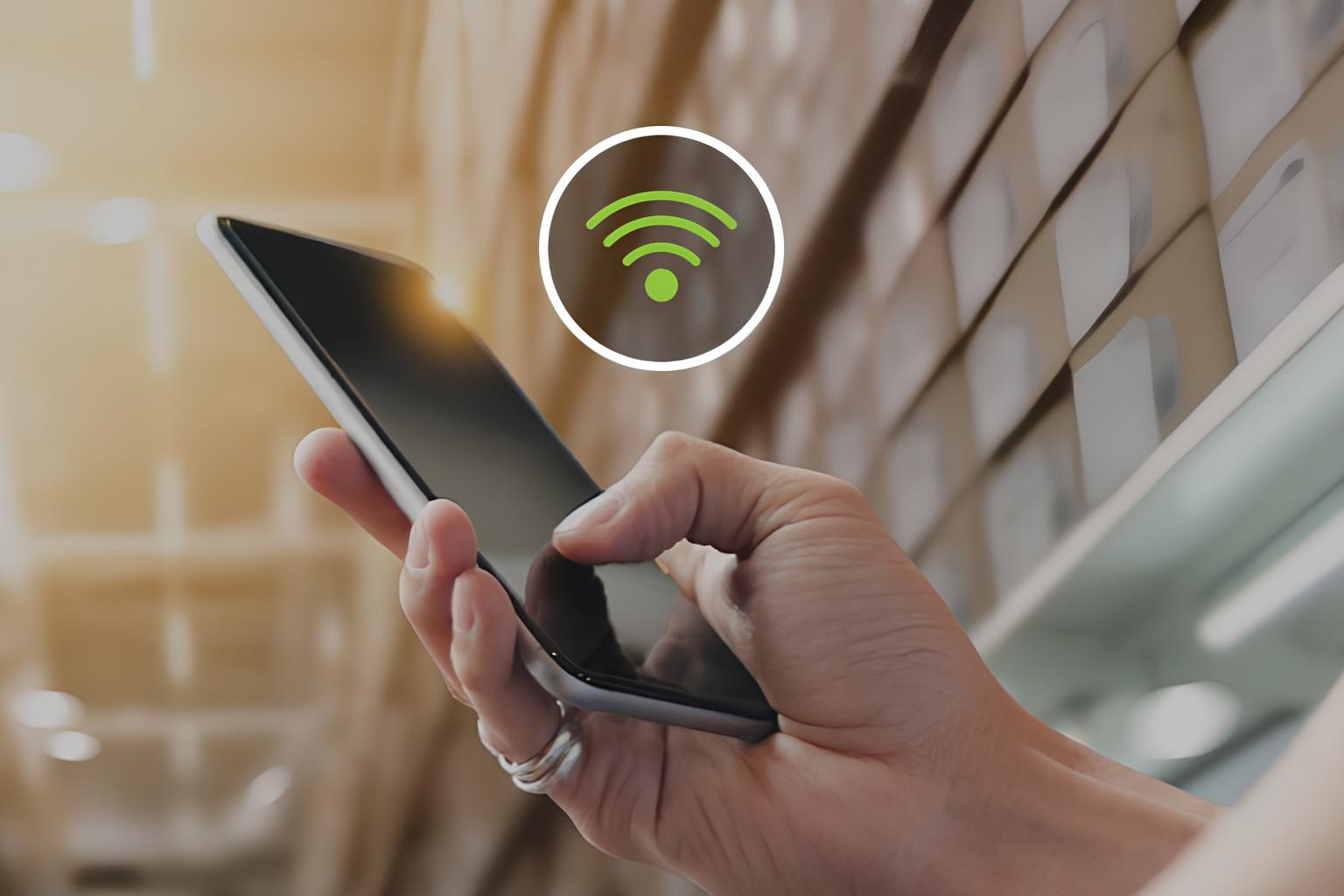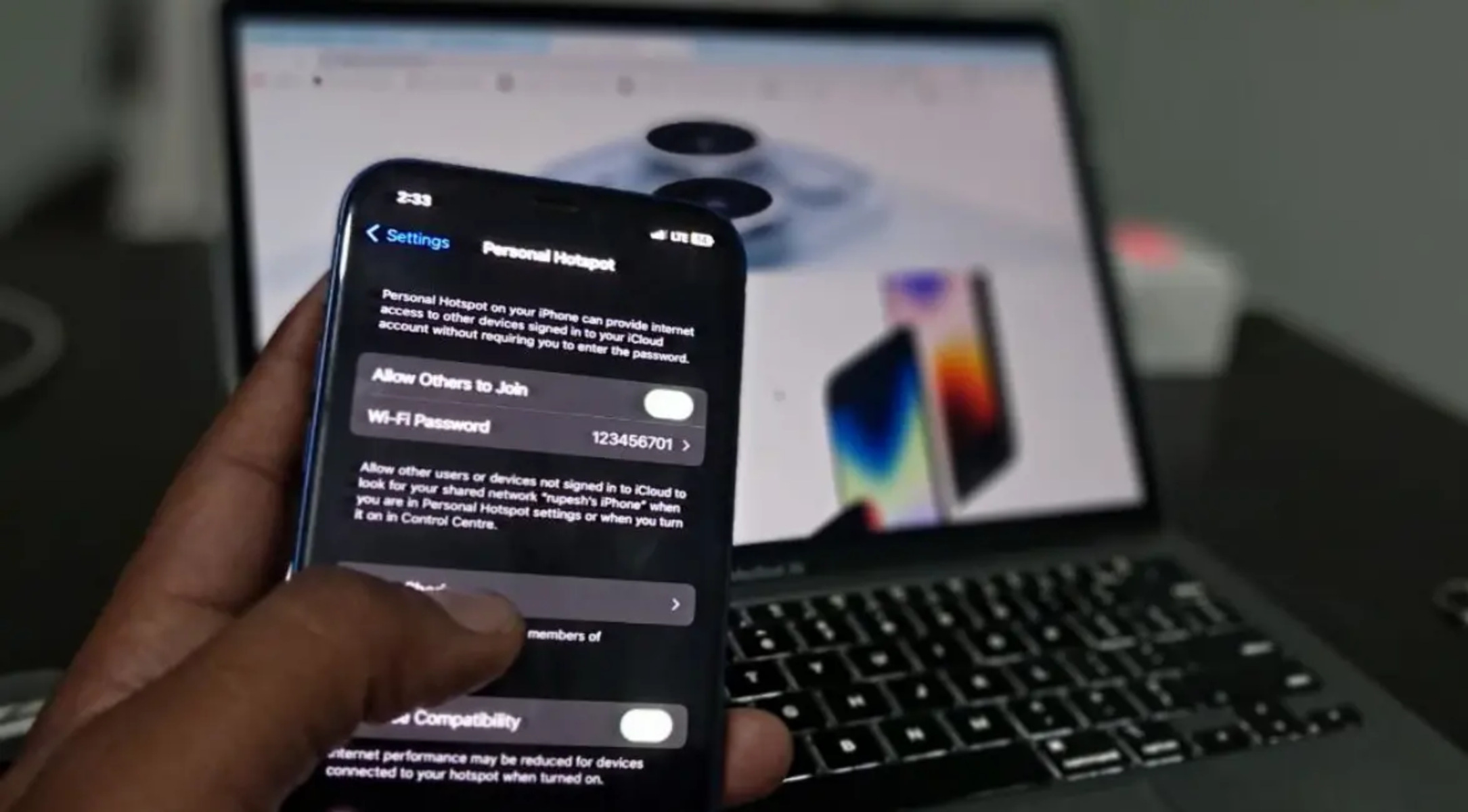Introduction
In today's fast-paced world, staying connected on the go is essential. Whether you're traveling for work, enjoying a road trip, or simply seeking a reliable internet connection while away from home, your mobile hotspot serves as a lifeline to the digital world. However, slow or unreliable internet speeds can quickly turn this convenience into a source of frustration.
Thankfully, there are several effective strategies to optimize your mobile hotspot and boost its speed. By implementing these pro tips, you can enhance your browsing experience, seamlessly stream content, and ensure that your connected devices operate at optimal speeds.
In this comprehensive guide, we will delve into expert-recommended techniques to maximize the speed and performance of your mobile hotspot. From choosing the optimal location for your device to exploring advanced solutions such as signal boosters and high-quality antennas, we will cover all the essential tips to elevate your mobile connectivity experience.
Whether you're a digital nomad, remote worker, or simply someone who relies on a mobile hotspot for internet access, this guide is tailored to help you unlock the full potential of your device. So, let's dive into the world of mobile hotspot optimization and discover how you can supercharge your connectivity on the go.
Tip 1: Choose the Right Location
Selecting the optimal location for your mobile hotspot is a fundamental yet often overlooked aspect of maximizing its speed and performance. The placement of your device can significantly impact its ability to receive and transmit signals, ultimately influencing the quality and speed of your internet connection.
When positioning your mobile hotspot, aim for a location that offers unobstructed line-of-sight to cellular towers or other sources of signal transmission. Avoid placing the device in areas surrounded by dense structures or physical barriers, such as thick walls or metal surfaces, as these can impede signal reception and lead to slower speeds.
Furthermore, elevation plays a crucial role in signal strength. Whenever possible, position your mobile hotspot at an elevated location, such as a high shelf or a windowsill, to maximize its exposure to incoming signals. By doing so, you can enhance the device's ability to capture strong and consistent signals, resulting in improved internet speed and stability.
Additionally, consider the impact of environmental factors on signal reception. If you're outdoors, try to position the device in an open area with minimal interference from natural obstacles like trees or hills. Conversely, when indoors, choose a location that minimizes interference from electronic devices, electrical wiring, and other potential sources of signal disruption.
In summary, by strategically selecting the right location for your mobile hotspot, you can optimize its signal reception and transmission capabilities, leading to faster and more reliable internet speeds. This simple yet effective tip forms the foundation for enhancing your mobile connectivity experience, setting the stage for the implementation of additional optimization strategies.
Tip 2: Use a Signal Booster
In the quest to maximize the speed and reliability of your mobile hotspot, utilizing a signal booster emerges as a powerful solution. A signal booster, also known as a signal amplifier or repeater, is designed to enhance cellular signal strength, thereby improving the performance of your mobile hotspot in areas with weak or fluctuating signals.
Signal boosters operate by capturing the existing outdoor signal, amplifying it, and then rebroadcasting the strengthened signal within a designated area. This process effectively extends the reach of cellular signals, enabling your mobile hotspot to operate with increased speed and stability. Whether you're navigating through remote rural areas or encountering signal challenges in urban environments, a signal booster can serve as a game-changing asset in your quest for reliable connectivity.
When selecting a signal booster, it's essential to consider factors such as compatibility with your mobile hotspot's supported frequencies and the specific network providers you rely on. Additionally, the coverage area offered by the signal booster should align with your intended usage scenario, ensuring that it caters to your connectivity needs across various environments.
Installation of a signal booster is relatively straightforward, typically involving the placement of an outdoor antenna to capture the existing signal, connection to an amplifier unit, and the deployment of an indoor antenna to rebroadcast the amplified signal within your desired area. This seamless integration empowers your mobile hotspot to harness stronger and more consistent signals, resulting in a noticeable enhancement in internet speed and performance.
By incorporating a signal booster into your mobile connectivity setup, you can overcome the limitations imposed by weak or unreliable signals, unlocking the full potential of your mobile hotspot. Whether you're working remotely, streaming media, or staying connected while traveling, the addition of a signal booster can elevate your connectivity experience to new heights, ensuring that slow or inconsistent signals no longer hinder your digital pursuits.
In essence, the utilization of a signal booster represents a proactive and effective approach to addressing signal-related challenges, enabling you to harness the full capabilities of your mobile hotspot and enjoy seamless connectivity wherever your adventures take you.
Tip 3: Update Your Mobile Hotspot Firmware
Updating the firmware of your mobile hotspot is a crucial yet often overlooked step in optimizing its performance. Just like any other electronic device, mobile hotspots rely on firmware – the embedded software that governs their operation and functionality. Firmware updates are designed to address software bugs, enhance compatibility with network technologies, and introduce performance optimizations, making them an essential component of maintaining your device's efficiency.
By keeping your mobile hotspot's firmware up to date, you ensure that it remains equipped with the latest enhancements and fixes provided by the manufacturer. These updates often include refinements to the device's internal algorithms, radio frequency management, and network interaction protocols, all of which contribute to improved signal reception, transmission efficiency, and overall speed.
To initiate the firmware update process, begin by accessing the settings or management interface of your mobile hotspot. Look for the firmware update section, which may be located within the device's system settings or administration panel. Some mobile hotspots facilitate automatic firmware updates, while others may require manual initiation of the update process.
Before proceeding with the update, it's advisable to review the release notes provided by the manufacturer. These notes typically outline the specific improvements and fixes introduced in the new firmware version, offering valuable insights into the benefits you can expect from the update. Additionally, ensure that your mobile hotspot is adequately charged or connected to a power source to prevent interruptions during the update process.
Once you've initiated the firmware update, allow the device sufficient time to complete the installation. Depending on the size of the update and the speed of your internet connection, the process may take several minutes to an hour. During this time, it's important to refrain from interrupting the update or powering off the device, as doing so can lead to incomplete installation and potential software corruption.
Upon successful completion of the firmware update, your mobile hotspot will be equipped with the latest improvements and optimizations provided by the manufacturer. This can lead to tangible enhancements in signal stability, data transfer speeds, and overall connectivity performance, ensuring that your mobile hotspot operates at its full potential.
In summary, updating your mobile hotspot's firmware is a proactive measure that can yield significant improvements in its speed and reliability. By staying current with firmware updates, you can harness the latest advancements offered by the manufacturer, ensuring that your mobile connectivity experience remains optimized and future-proofed against potential software-related issues.
Tip 4: Limit the Number of Connected Devices
Managing the number of connected devices to your mobile hotspot is a strategic approach to optimizing its speed and performance. While the capability to connect multiple devices simultaneously is a valuable feature, it's essential to recognize the potential impact of excessive device load on your hotspot's bandwidth and overall connectivity.
When numerous devices are actively utilizing the mobile hotspot, the available bandwidth is distributed among them, potentially leading to slower speeds and diminished performance for each connected device. This phenomenon is particularly noticeable in scenarios where data-intensive activities such as video streaming, online gaming, or large file downloads are occurring across multiple devices simultaneously.
To mitigate these challenges and ensure that your mobile hotspot operates at optimal speeds, consider implementing the following strategies to manage the number of connected devices:
-
Prioritize Essential Devices: Identify the devices that require consistent and high-speed connectivity, such as work-related devices or those used for critical communication. Allocate bandwidth priority to these devices to ensure that they receive sufficient speed and stability, even when other devices are connected.
-
Enable Connection Limits: Many mobile hotspot devices offer the option to set a maximum limit for connected devices. By imposing a reasonable cap on the number of simultaneous connections, you can prevent bandwidth congestion and maintain faster speeds for each connected device.
-
Educate Users on Bandwidth Usage: Inform users of the mobile hotspot about the impact of bandwidth-intensive activities on overall connectivity. Encourage responsible usage and discourage unnecessary streaming or downloading activities that can strain the available bandwidth.
-
Implement Quality of Service (QoS) Settings: Some advanced mobile hotspot devices support Quality of Service settings, allowing you to prioritize specific types of network traffic. By leveraging QoS settings, you can allocate bandwidth resources based on the type of data traffic, ensuring that essential activities receive precedence over non-essential ones.
By proactively managing the number of connected devices and optimizing bandwidth allocation, you can elevate the speed and reliability of your mobile hotspot. This approach enables you to maintain a seamless and efficient connectivity experience across all connected devices, ensuring that each user enjoys consistent and satisfactory internet speeds without compromising overall performance.
Tip 5: Use a High-Quality Antenna
In the quest to optimize the speed and performance of your mobile hotspot, the utilization of a high-quality antenna emerges as a pivotal strategy. A high-quality antenna serves as a powerful tool for enhancing signal reception, amplifying transmission capabilities, and ultimately elevating the overall connectivity experience.
When considering a high-quality antenna for your mobile hotspot, it's essential to prioritize compatibility with your specific device and network requirements. Antennas are available in various types, including omnidirectional and directional variants, each catering to distinct usage scenarios and signal reception patterns. Omnidirectional antennas are designed to capture signals from all directions, making them suitable for general-purpose connectivity in diverse environments. On the other hand, directional antennas focus on capturing signals from specific directions, offering enhanced range and signal strength in targeted applications.
The installation of a high-quality antenna involves positioning the device in an optimal location to maximize signal reception. When selecting the installation site, aim for an elevated position with minimal obstructions, such as tall buildings or dense foliage, to ensure unhindered signal capture. Additionally, consider the impact of environmental factors, such as weather conditions and electromagnetic interference, on antenna performance, and take appropriate measures to mitigate potential disruptions.
Furthermore, the selection of the appropriate antenna gain – a measure of an antenna's signal amplification capabilities – is a critical consideration. Antennas with higher gain values offer increased signal amplification, making them suitable for scenarios where long-range connectivity or signal penetration through obstacles is essential. However, it's important to balance gain with regulatory considerations and the specific requirements of your connectivity setup to ensure optimal performance without violating legal constraints.
By integrating a high-quality antenna into your mobile hotspot setup, you can harness the benefits of improved signal reception, extended coverage, and enhanced connectivity speeds. Whether you're navigating remote landscapes, working in challenging urban environments, or seeking reliable connectivity in diverse scenarios, the addition of a high-quality antenna empowers your mobile hotspot to deliver consistent and high-speed internet access.
In essence, the use of a high-quality antenna represents a strategic investment in optimizing your mobile hotspot's performance, ensuring that you can enjoy seamless and reliable connectivity across a spectrum of usage scenarios.
Tip 6: Change the Channel on Your Mobile Hotspot
Optimizing the channel settings of your mobile hotspot can significantly impact its speed and overall performance. The channel refers to the specific frequency band used by the hotspot to transmit and receive data. In environments with multiple Wi-Fi networks or other sources of wireless interference, changing the channel can mitigate congestion and enhance the quality of your connection.
To change the channel on your mobile hotspot, access the device's settings or administration interface. Look for the Wi-Fi or wireless network settings section, where you can typically find options to adjust the channel settings. Depending on the model of your mobile hotspot, the interface may provide a list of available channels or an automatic channel selection feature.
When selecting a new channel, it's important to consider the Wi-Fi usage patterns in your vicinity. If you're experiencing slow or inconsistent speeds, it's likely that other nearby networks are operating on the same or overlapping channels, leading to interference. By switching to a less congested channel, you can minimize interference and improve the overall signal quality of your mobile hotspot.
Before finalizing the channel change, it's advisable to conduct a Wi-Fi scan using your mobile device or a Wi-Fi analyzer app. This scan can provide valuable insights into the existing Wi-Fi networks in your vicinity and their respective channel allocations. Armed with this information, you can identify less congested channels and make an informed decision when adjusting your mobile hotspot's channel settings.
In addition to reducing interference from neighboring networks, changing the channel can also address environmental factors that impact wireless signal propagation. Certain physical structures, electronic devices, and even natural elements can introduce signal disturbances, leading to degraded connectivity. By experimenting with different channels, you can identify the optimal configuration that minimizes these disruptions and maximizes your mobile hotspot's speed and stability.
In summary, changing the channel on your mobile hotspot is a proactive strategy to optimize its wireless performance. By strategically selecting a less congested channel and minimizing external signal disruptions, you can elevate the speed and reliability of your mobile connectivity, ensuring a seamless and efficient browsing experience across all your connected devices.
Tip 7: Consider Upgrading Your Data Plan
When striving to optimize the speed and reliability of your mobile hotspot, considering an upgrade to your data plan emerges as a strategic and impactful decision. Your data plan plays a pivotal role in determining the quality of your internet connection, directly influencing factors such as data speed, monthly data allowance, and network prioritization.
Upgrading your data plan presents several compelling advantages, each contributing to an enhanced and more robust mobile connectivity experience. Here are key considerations to ponder when contemplating a data plan upgrade:
Increased Data Speeds:
Upgrading to a higher-tier data plan often translates to access to faster data speeds. With advancements in network technologies and the proliferation of high-speed data networks, premium data plans frequently offer accelerated data transfer rates, enabling smoother streaming, quicker downloads, and seamless browsing experiences. By harnessing these enhanced speeds, you can elevate the performance of your mobile hotspot, ensuring that data-intensive activities such as video conferencing, online gaming, and high-definition media streaming remain uninterrupted and fluid.
Expanded Monthly Data Allowance:
Premium data plans typically feature larger monthly data allowances, providing greater flexibility and freedom in your internet usage. With increased data quotas, you can engage in a broader spectrum of online activities without concerns about exceeding data limits or facing reduced speeds due to data throttling. This expanded data allowance empowers you to fully leverage your mobile hotspot across diverse scenarios, from remote work assignments and educational pursuits to leisure activities and entertainment consumption, without the constraints of limited data allocations.
Enhanced Network Prioritization:
Certain upgraded data plans offer enhanced network prioritization, ensuring that your data traffic receives preferential treatment during periods of network congestion. This prioritization can result in more consistent and reliable connectivity, especially in crowded or high-traffic environments where standard data plans may experience performance fluctuations. By securing access to prioritized network resources, you can maintain stable and responsive internet connectivity, even during peak usage hours or in densely populated areas.
Access to Advanced Network Features:
Premium data plans often grant access to advanced network features and services, such as enhanced security protocols, virtual private network (VPN) support, and specialized customer support channels. These additional features contribute to a more secure and tailored connectivity experience, offering peace of mind and personalized assistance when navigating the intricacies of mobile hotspot usage and network management.
In essence, upgrading your data plan represents a proactive and strategic approach to optimizing the speed and reliability of your mobile hotspot. By embracing the benefits of increased data speeds, expanded data allowances, enhanced network prioritization, and access to advanced network features, you can elevate your mobile connectivity experience, ensuring that your mobile hotspot operates at its full potential across a spectrum of usage scenarios.
Conclusion
In the fast-paced landscape of modern connectivity, optimizing the speed and performance of your mobile hotspot is a pivotal endeavor. By implementing a comprehensive array of pro tips, you can transform your mobile connectivity experience, ensuring seamless browsing, reliable streaming, and efficient communication across diverse scenarios.
From strategically choosing the optimal location for your mobile hotspot to leveraging advanced solutions such as signal boosters and high-quality antennas, each tip presented in this guide serves as a catalyst for elevating your mobile connectivity experience. By embracing these strategies, you empower your mobile hotspot to operate at its full potential, overcoming the challenges of weak signals, network congestion, and environmental disruptions.
The importance of firmware updates cannot be overstated, as they play a vital role in ensuring that your mobile hotspot remains equipped with the latest enhancements and optimizations provided by the manufacturer. By staying current with firmware updates, you future-proof your device against potential software-related issues and unlock tangible improvements in signal stability, data transfer speeds, and overall connectivity performance.
Managing the number of connected devices and optimizing bandwidth allocation are essential strategies for maintaining optimal speeds and reliability. By prioritizing essential devices, setting connection limits, and educating users on responsible bandwidth usage, you can ensure that each connected device enjoys consistent and satisfactory internet speeds without compromising overall performance.
The strategic integration of a high-quality antenna and the meticulous adjustment of channel settings further enhance the speed and reliability of your mobile hotspot. By harnessing improved signal reception, extended coverage, and minimized interference, you create an environment where seamless and efficient connectivity becomes the norm, regardless of your location or usage scenario.
Considering an upgrade to your data plan represents a strategic and impactful decision, offering access to increased data speeds, expanded monthly data allowances, enhanced network prioritization, and advanced network features. By embracing these benefits, you can unlock the full potential of your mobile hotspot, ensuring a robust and tailored connectivity experience that aligns with your diverse digital pursuits.
In essence, the culmination of these pro tips forms a holistic approach to mobile hotspot optimization, ensuring that your device operates at its full potential across a spectrum of usage scenarios. By leveraging these strategies, you can navigate the digital landscape with confidence, knowing that your mobile hotspot is primed to deliver consistent, high-speed connectivity wherever your adventures take you.









